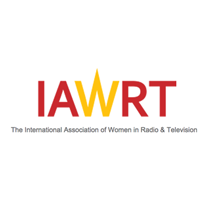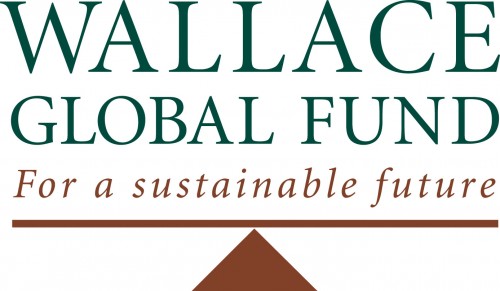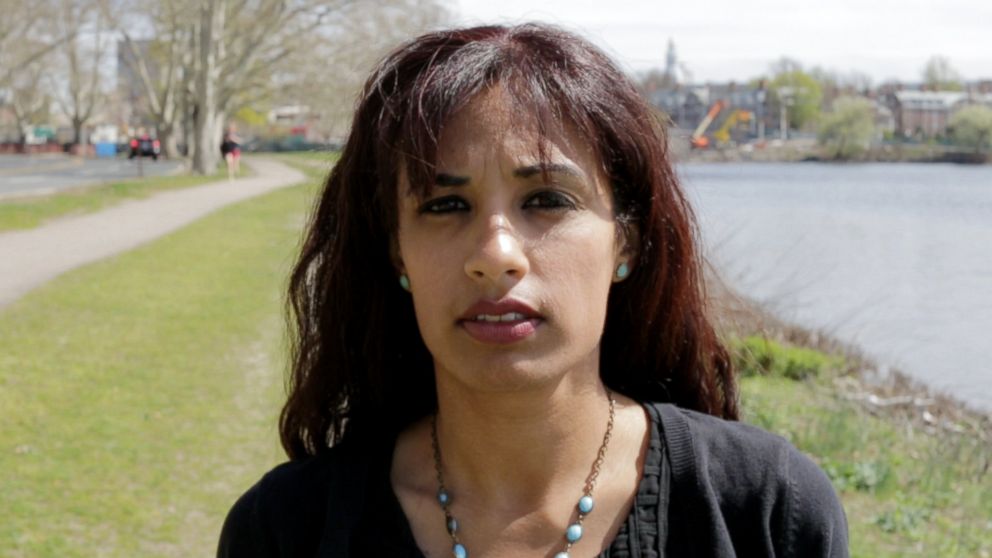Sahiyo has been seeing an increase in the number of individuals sending letters to their legislators or government officials regarding their concern that FGC or khatna is occurring in their community. These letters, written by Bohra women anonymously or with their name, have been circulating the social media streams, particularly on Whatsapp.
Sahiyo would like to applaud these women for their brave efforts of informing and asking for help from the legal and political entities within their communities. Legislators highly value letters and emails from their constituents. Letters are a great way to express your personal connection to an issue while conveying your opinion.
To others out there who might be considering doing something similar, Sahiyo would like to provide some useful tips on how to write an impactful letter to a legislator or government official.
Tips:
- The Letter should be addressed to a specific individual
- State your name, profession, and how you are connected to the legislator (for instance, do you reside in their district?)
- State the aim or objective of the letter (for instance, are you opposing a bill?)
- Include a personal story showing your connection to the issue and how it might affect you, your family, and your community
- Include any statistics from reputable sources on the topic in the letter
- Make a particular request – what are you hoping your legislator will do? (for example, do you want them to vote yes or no on a bill?)
- Thank your legislator or government official
- Include your contact information – both your name and address on your letter and envelope
- Keep your letter to one page
- Use a reasoned and respectful tone in the letter
Below are some link to sample letters:
- LRAC: Sample Letter you can use to write your legislator
- United States: The AHA Foundation
- United States, California: How to Lobby the California State Legislature
- Youth Central: Write a Letter to a Politician
- Amnesty International: Letter Writing Tips
If you have further questions or would like support in drafting your letters, please do e-mail us at This email address is being protected from spambots. You need JavaScript enabled to view it..

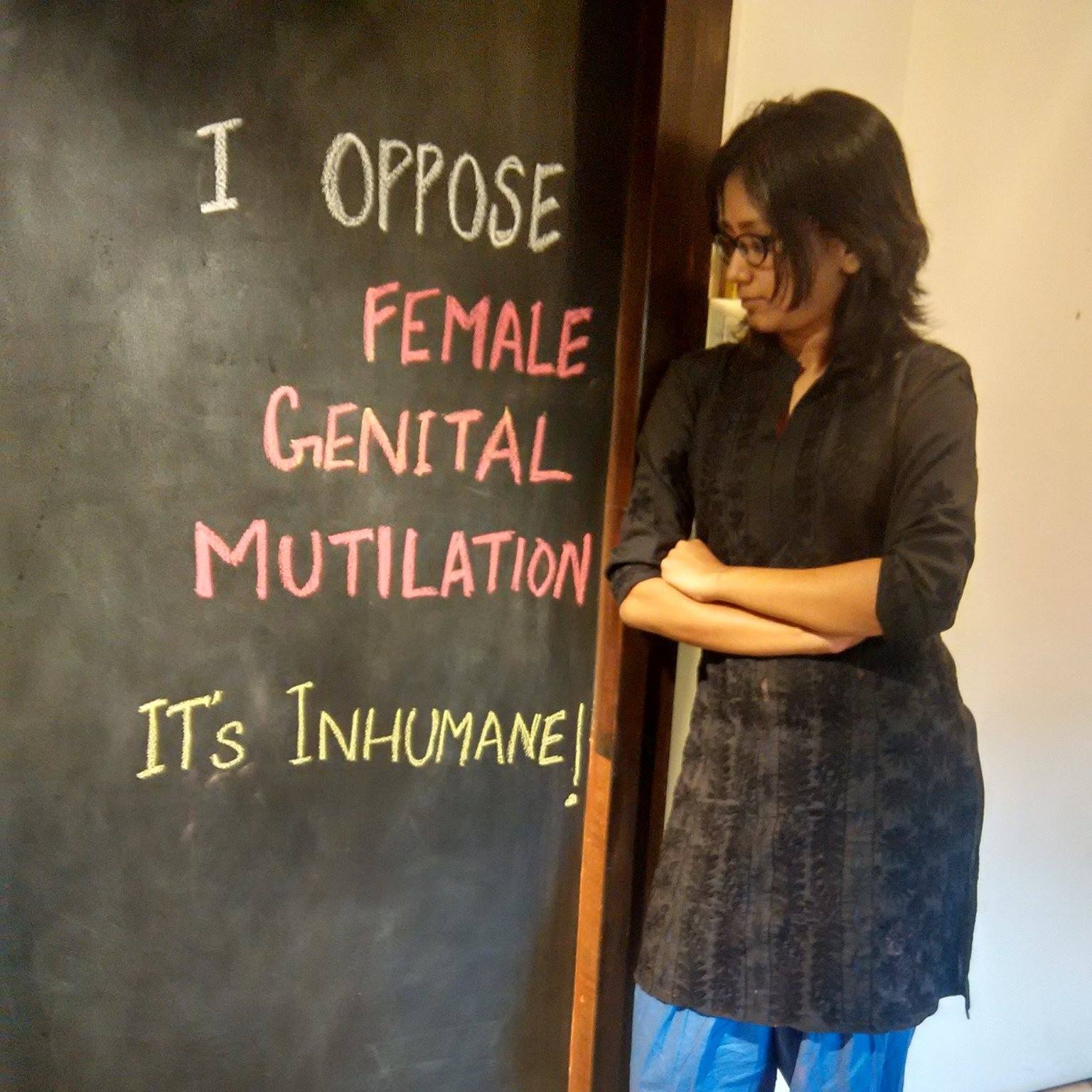

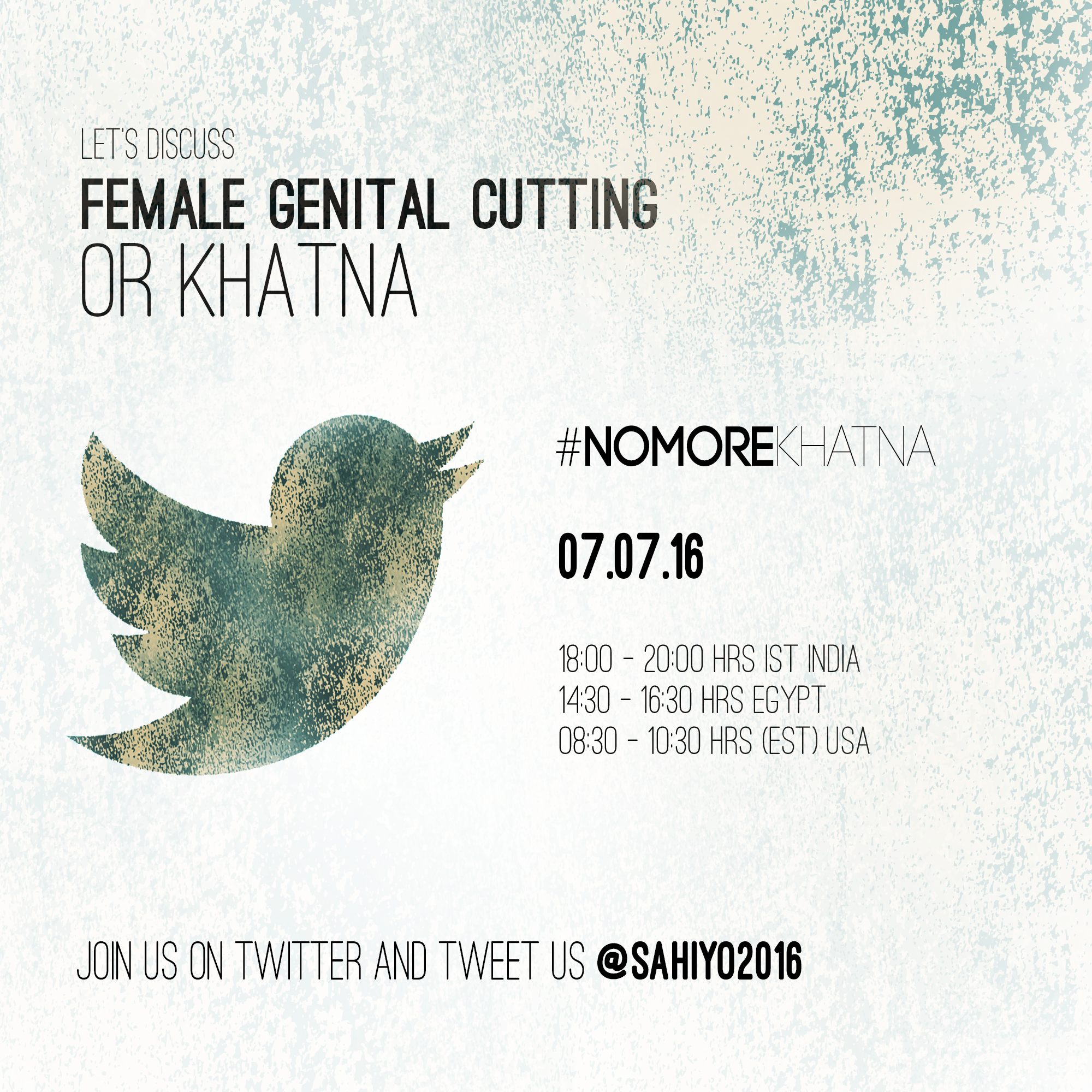
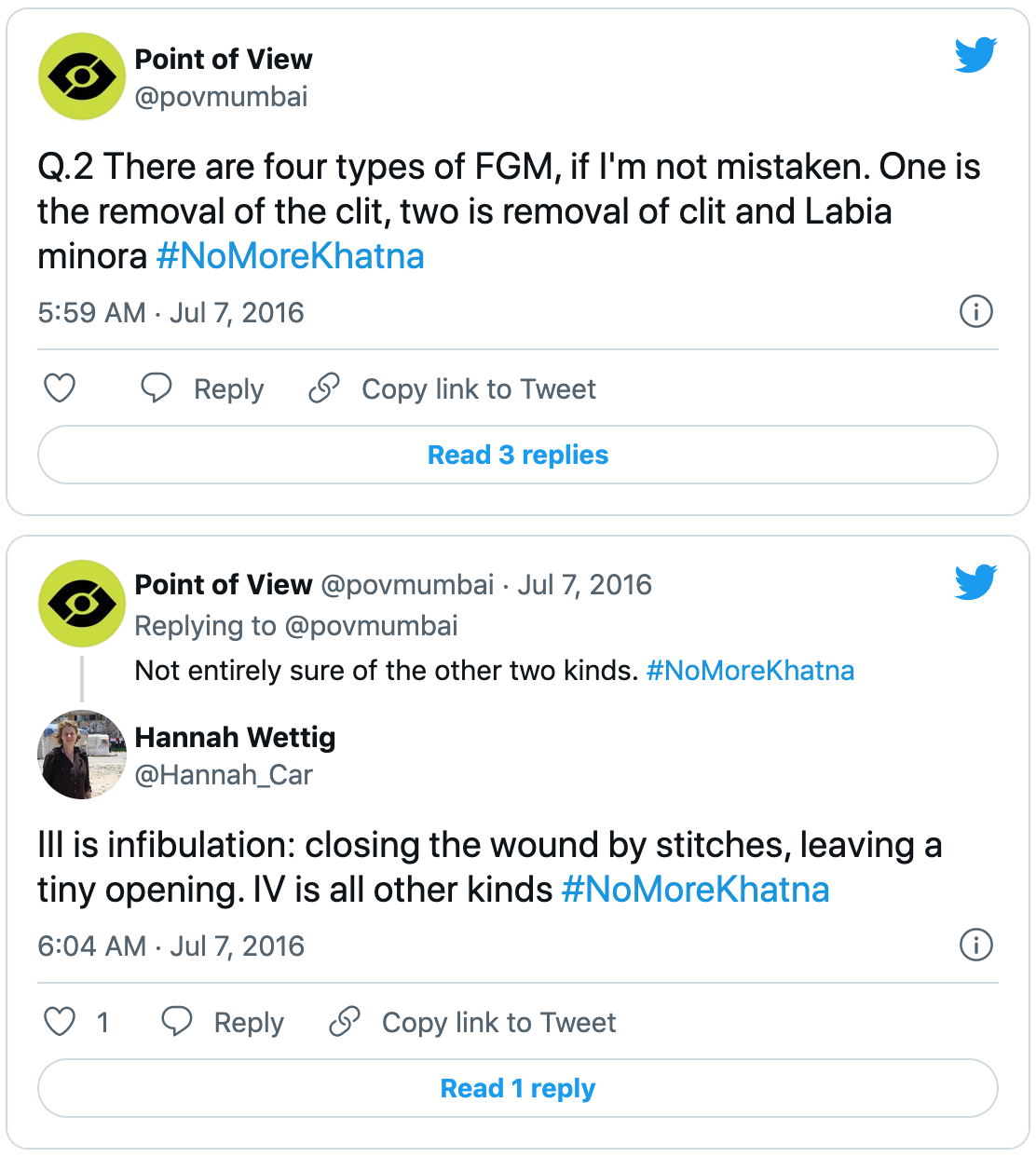
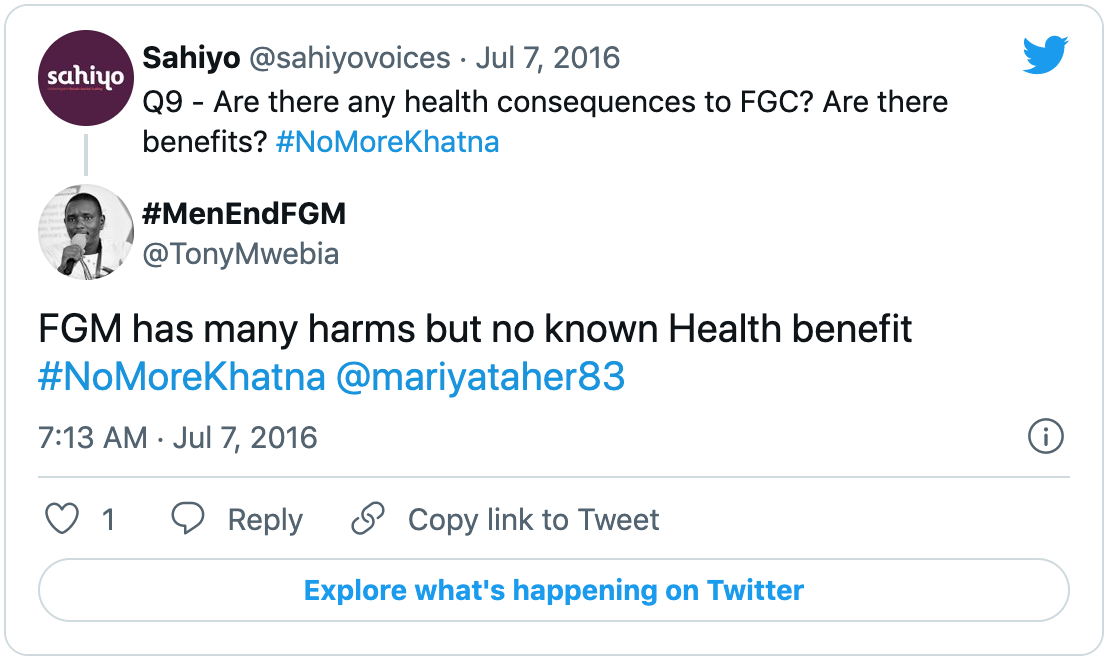
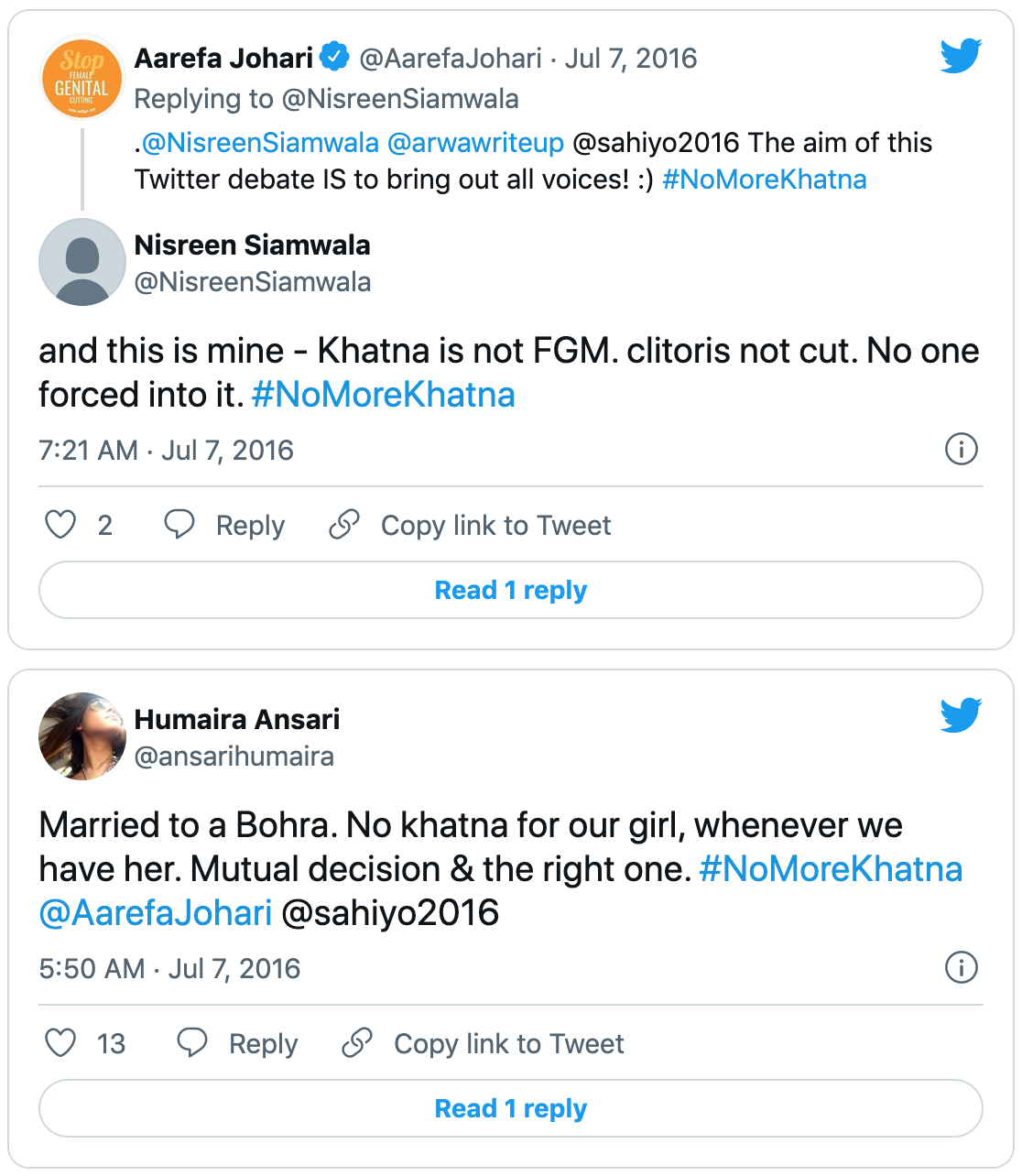
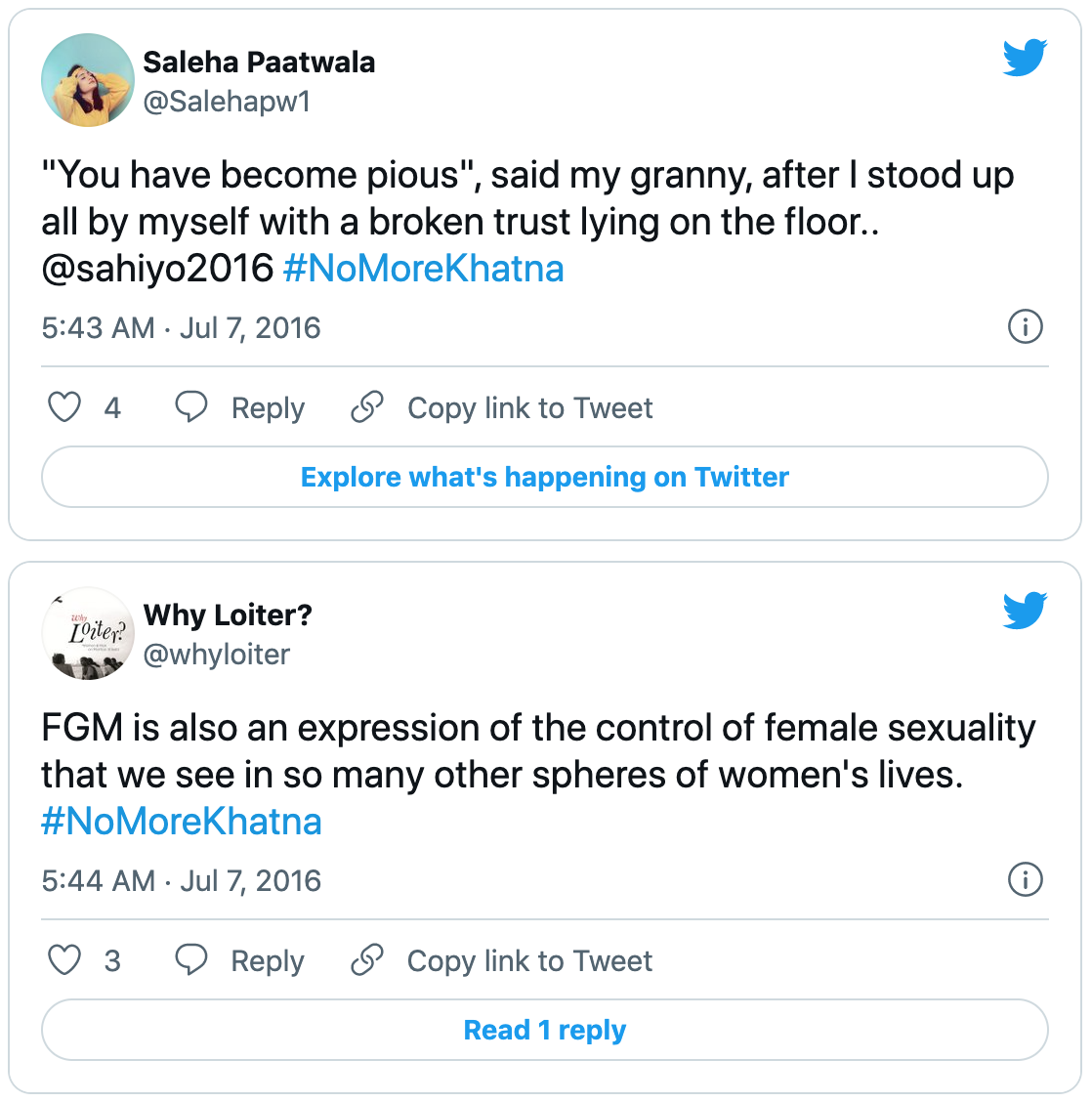
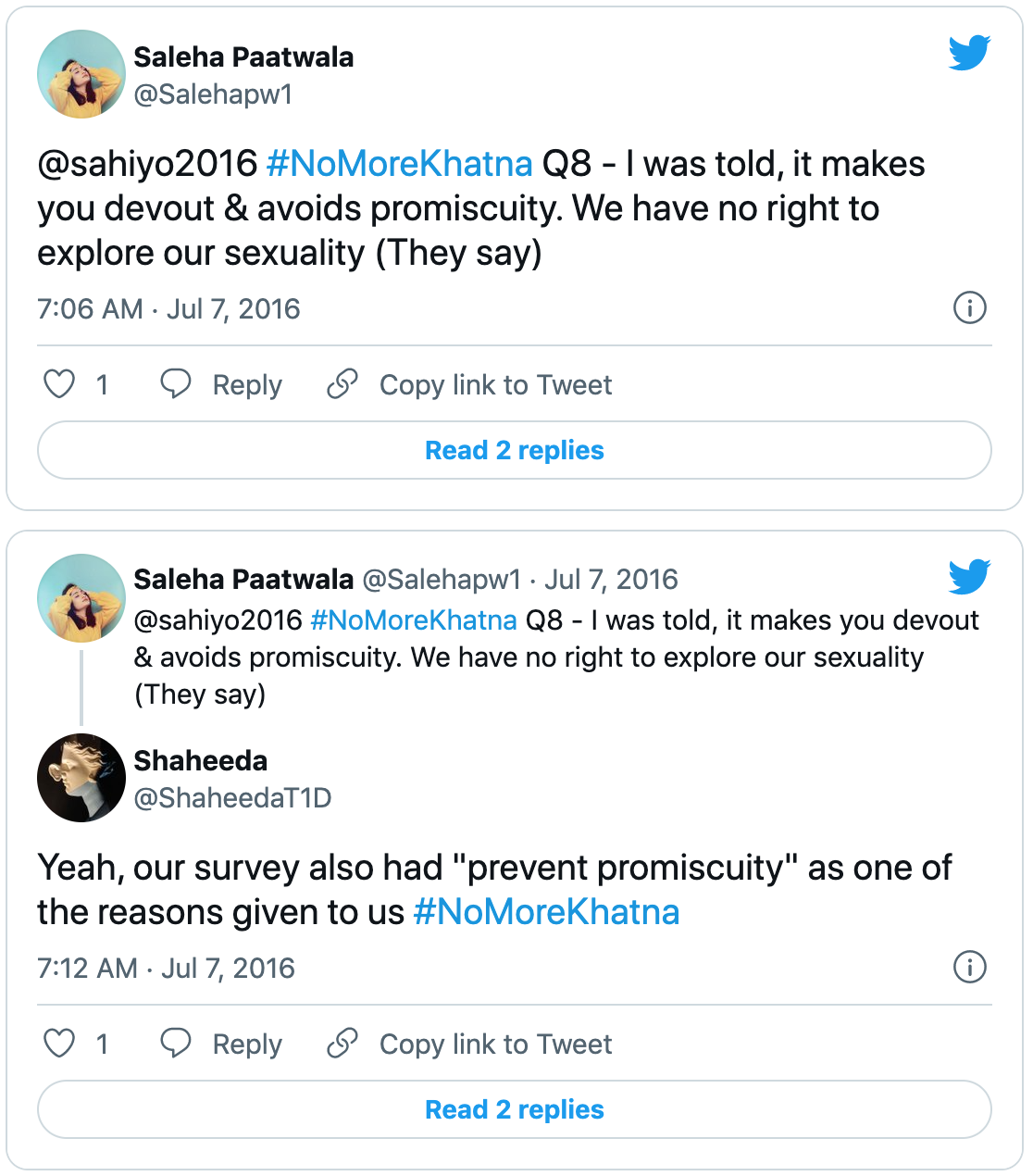
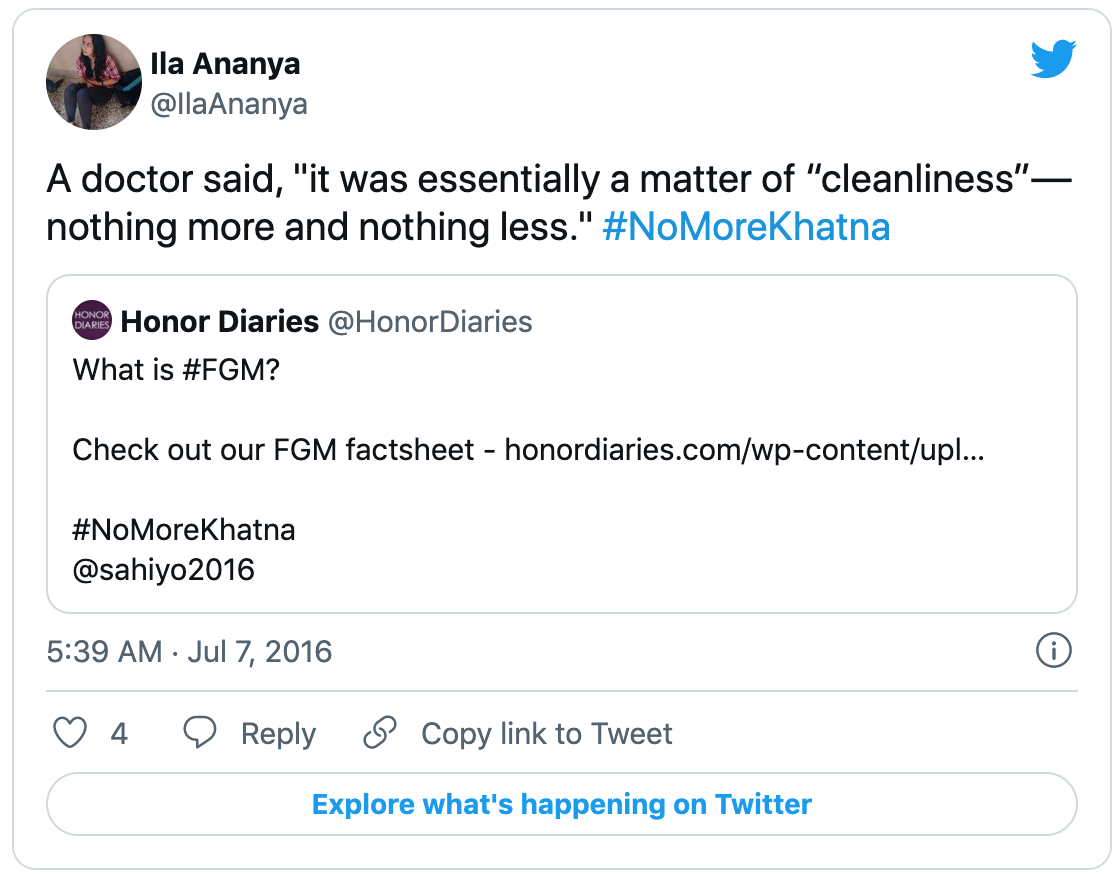
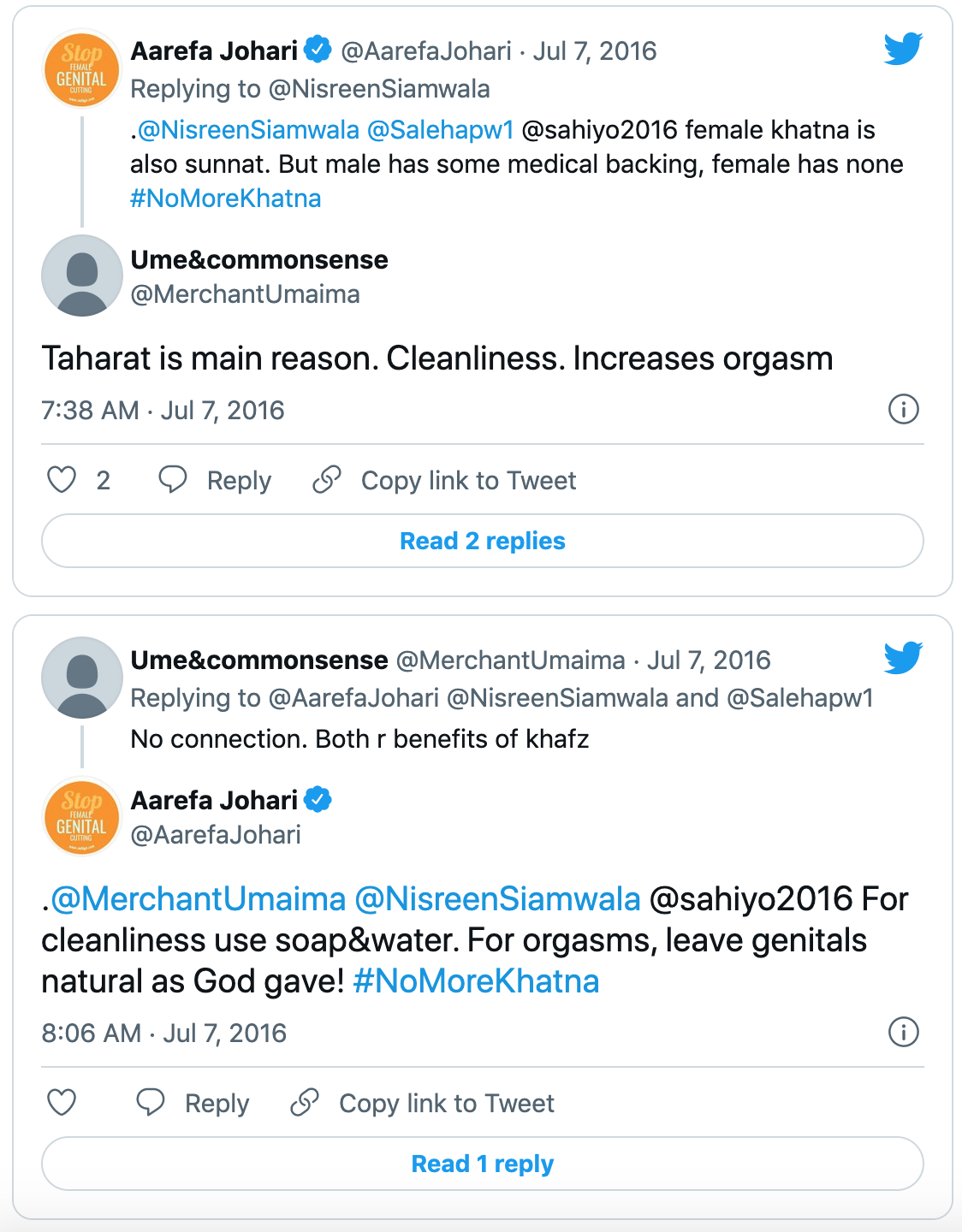
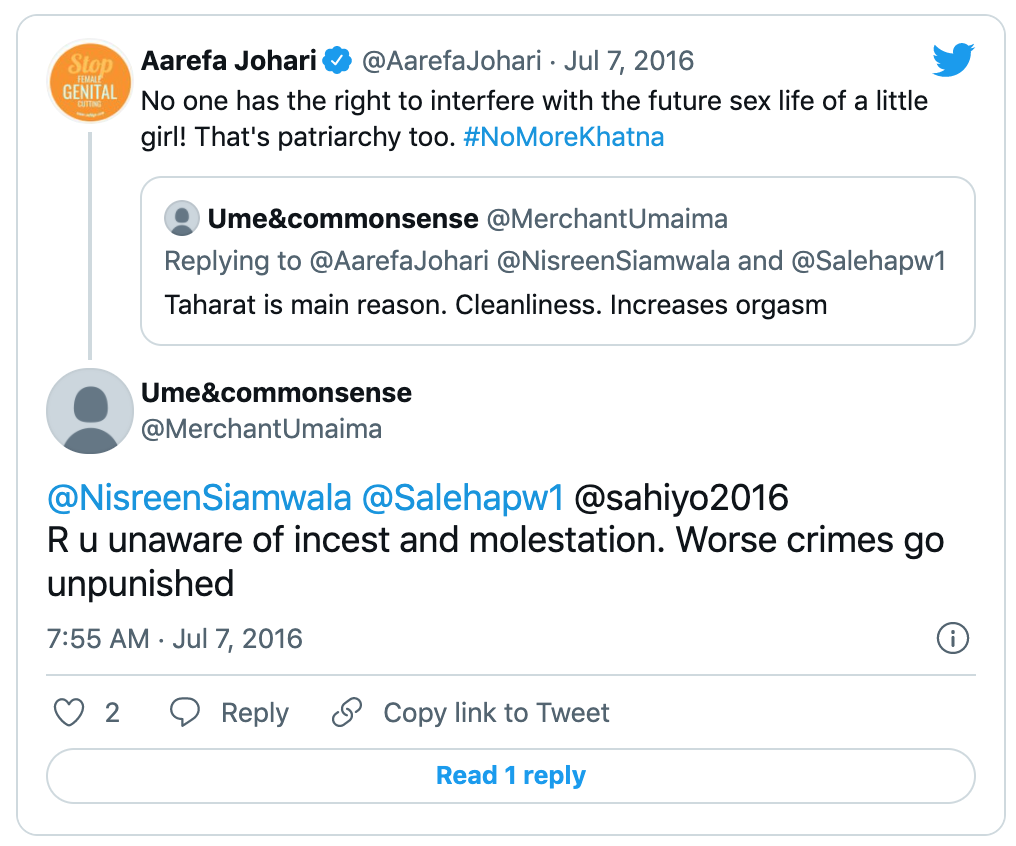
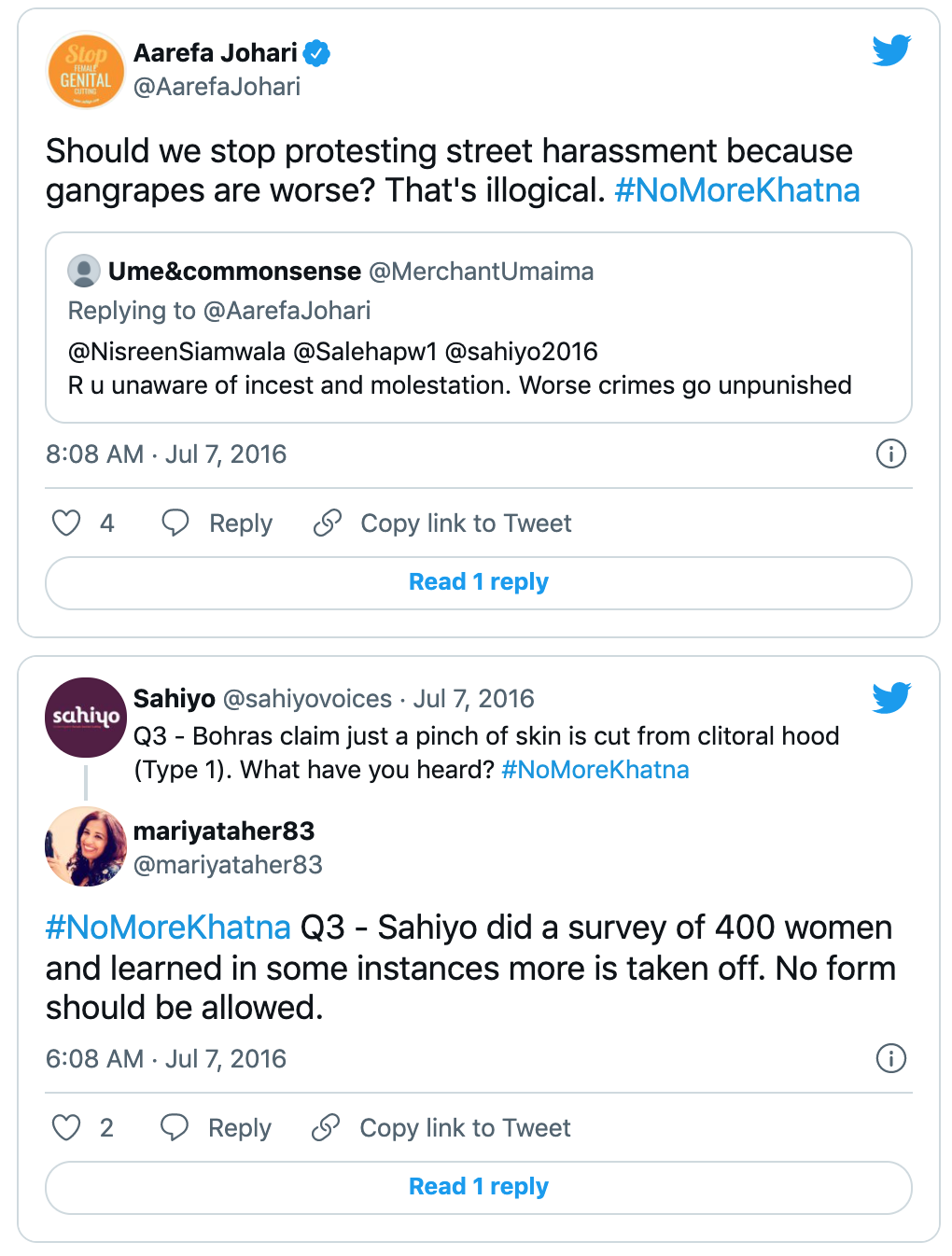
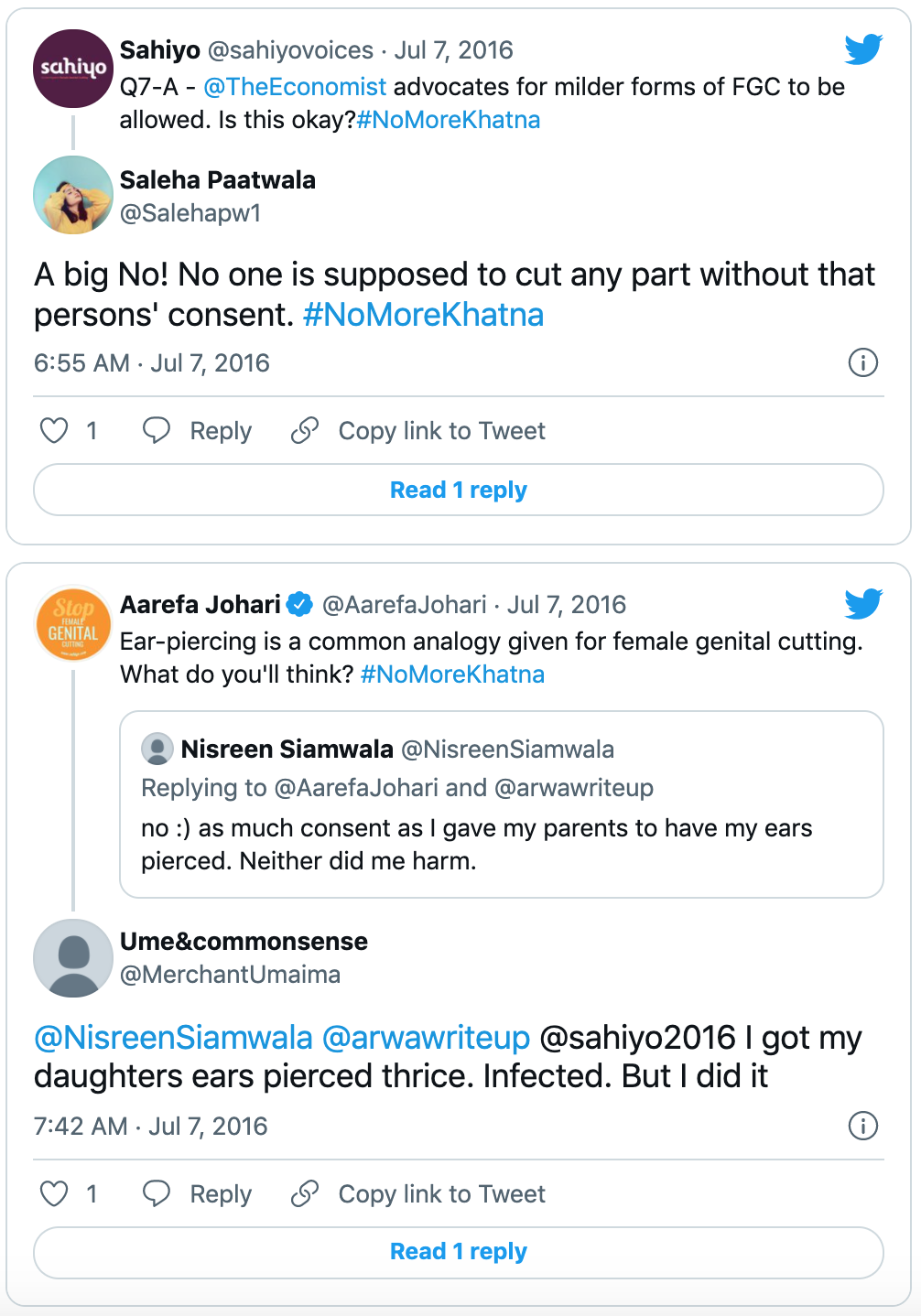
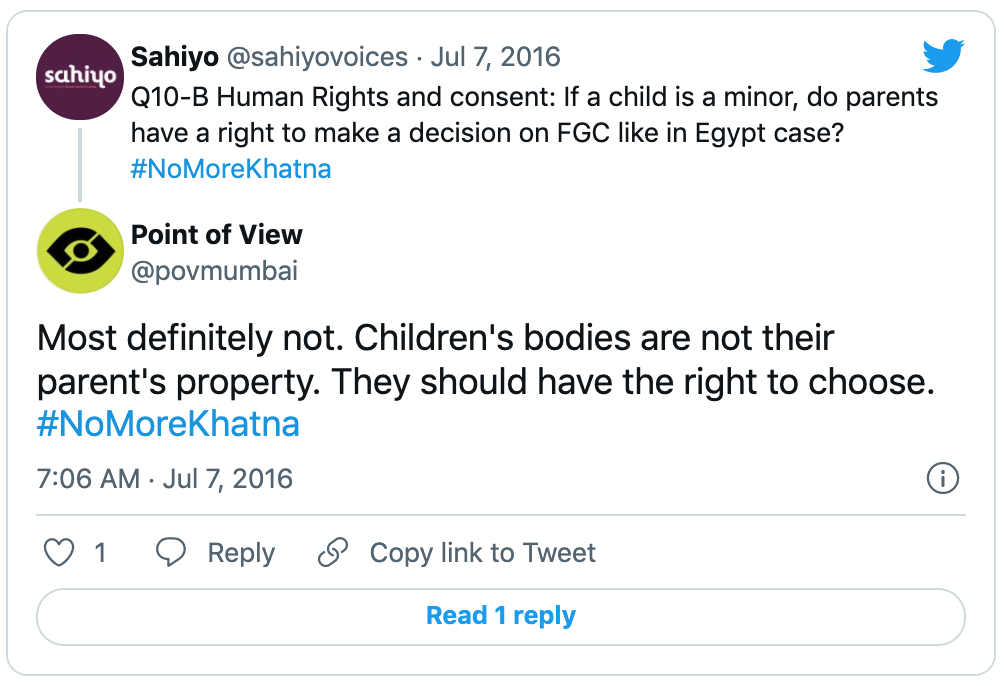

 Mariya: I have spoken to
Mariya: I have spoken to  Shaheeda:
Shaheeda: